
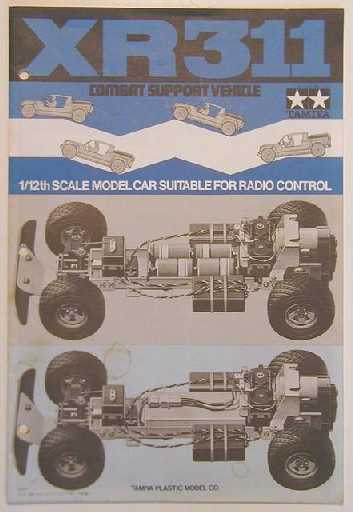

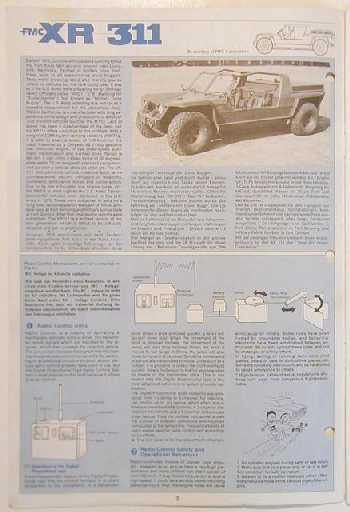
A historical description of the XR311 is mentioned in the old manual.
Link to Enlarged view of truck's history
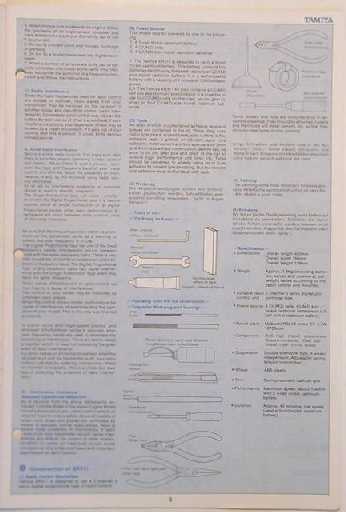
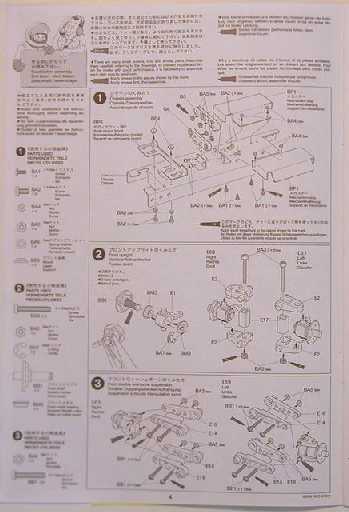
New one use new suspension A-arms that accomodate steel torsion bars.
New kit have side trays while trays on the old one is simply a flat sheet
where you have to bend the tabs to accomodate the rubber bands.
On step 2, a C-clip is used to lock the hub onto the steering knuckle. Although not stated in the instructions, note that a C-clip has two sides as it is manufacture. The leading edge that face the cutting die has corners that are slightly rounded and smooth to the touch. The trailing edge is square and sharp. For best performance, place the rounded side against the bushing. The sharp side tend to cut into the soft bushing.
On step 3, extra care must be taken not to torque the screws too much on the suspension arms. The nut is held in place on the other side by the plastic flange on the arms. Too much torque on the screw will crack the flange.
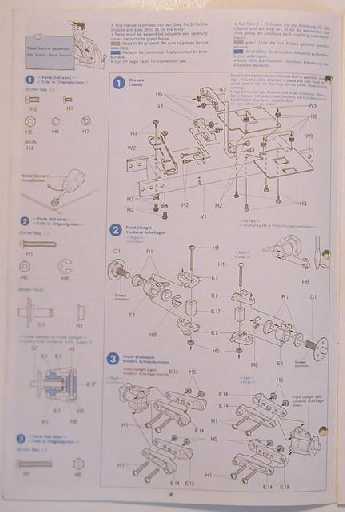
Old one use plastic torsion bar. An extra two tosion bars are included
in case of breakage. The new one incidently also include two new steel
torsion bars. Normally, steel bars do not break. However, the new steel
bars seems to be made from stamped steel. My speculation is that the new
bars are made from low quality material, hence the extra bars are included.
Al l the suspension components on the XR311 are rather delicate. The body is made from plastic that come from their static models rather than polycarbonate. The Tamiya company still have the plastic display model mentality when they produced the XR311. The Tamiya plastic display models had detailed working suspension. They evidently simply made them a little more robust and designed them into this vehicle.
